Written by: Linda Williams, DNR Forest Health Specialist, Woodruff, Linda.Williams@wisconsin.gov or 920-360-0665
Oak wilt symptoms are active right now, but so are several other oak issues that may be mistaken for oak wilt symptoms. Issues including Tubakia leaf spot, Botryosphaeria canker, kermes scale damage and mite damage are all causing problems and may be mistaken for oak wilt.
Oak Wilt Leaf Symptoms
Trees in the red oak group (those with points on their leaves) that became infected with oak wilt in the spring will suddenly start to drop their leaves in July and August. Trees that were infected later in the high-risk period (April 15 – July 15 in northern Wisconsin) may start to drop their leaves later, in September or even into October.
Leaves dropping from oak wilt trees can be fully green, tan or a water-soaked, greenish color away from the petiole (leaf stem). There will often be an area that is still green near the petiole, even though the leaf has fallen to the ground. Wilting leaves typically start near the top of the tree and progresses downwards.
Recommended control measures depend on if you have just one tree actively wilting (and no others have died in past years) or if you are dealing with established pockets that have been present for more than a year. Contact your regional forest health specialist to discuss these control options if you think you have oak wilt.
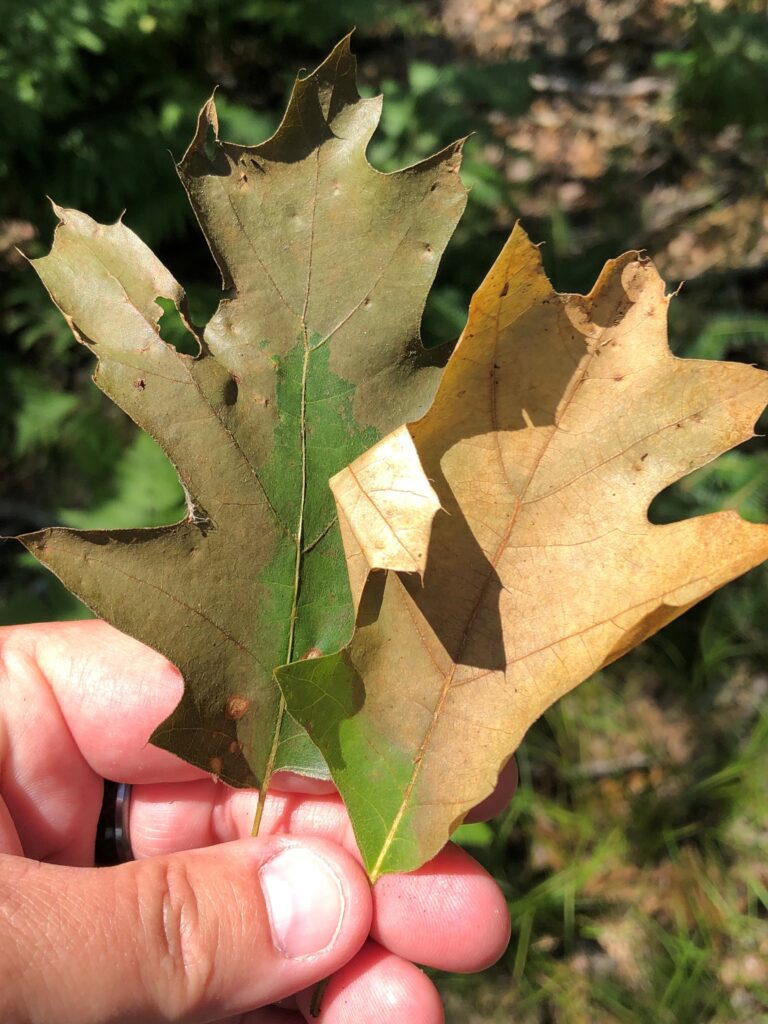
Leaves dropping from trees dying from oak wilt often are brown or water-soaked on the outer portions of the leaf with green still found near the base of the leaf. Photo Credit: Wisconsin DNR
Continue reading “Oak Leaves Turning Brown? There Are Several Reasons This Year.” →
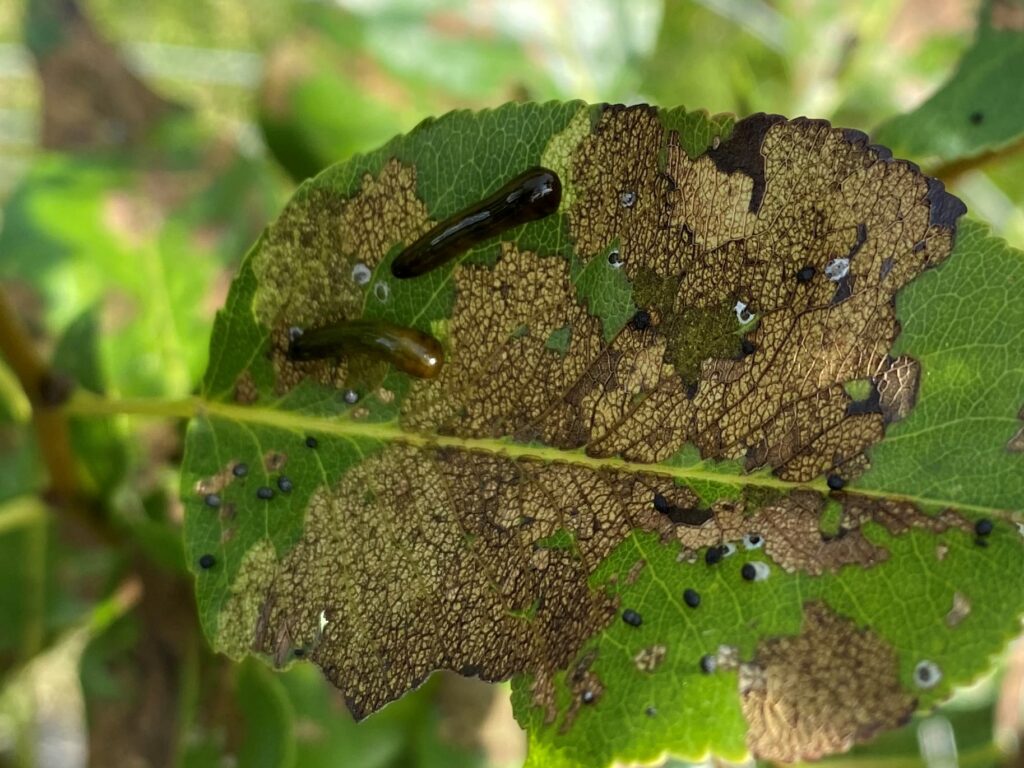

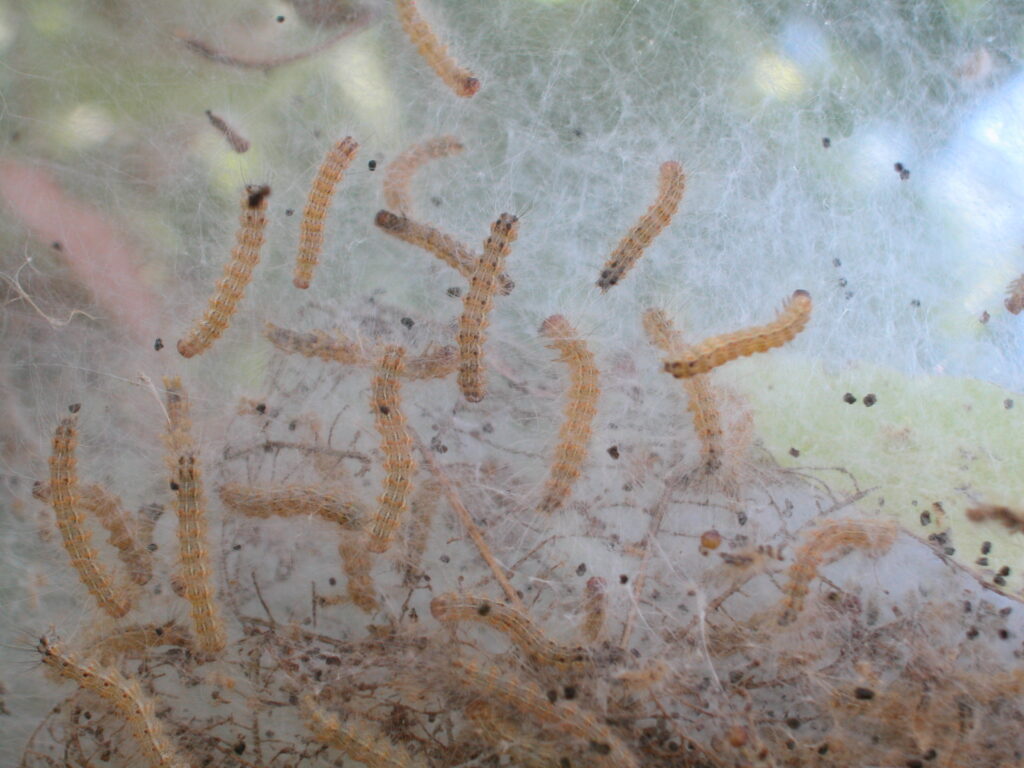

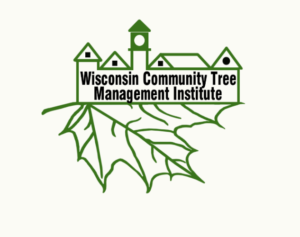 Wisconsin Community Tree Management Institute (CTMI) is a unique training experience designed for municipal staff with tree management responsibilities but without a strong background in urban forestry. The program is ideal for staff who spend just part of their time dealing with trees. Conversely, those with a background in urban forestry but new to management will also find it useful. CTMI consists of approximately 38 instruction hours and requires students to complete an out-of-classroom project.
Wisconsin Community Tree Management Institute (CTMI) is a unique training experience designed for municipal staff with tree management responsibilities but without a strong background in urban forestry. The program is ideal for staff who spend just part of their time dealing with trees. Conversely, those with a background in urban forestry but new to management will also find it useful. CTMI consists of approximately 38 instruction hours and requires students to complete an out-of-classroom project.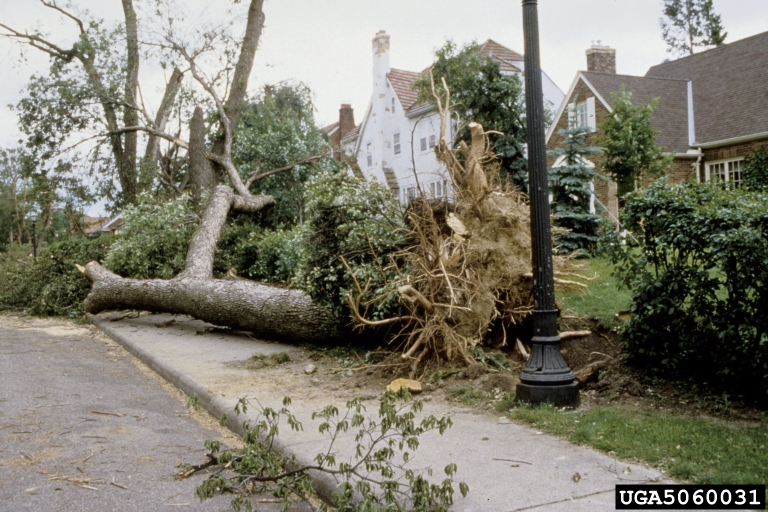
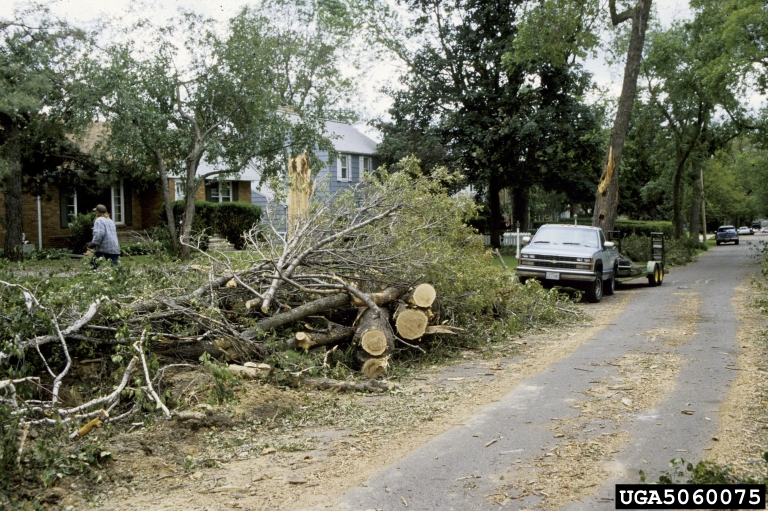
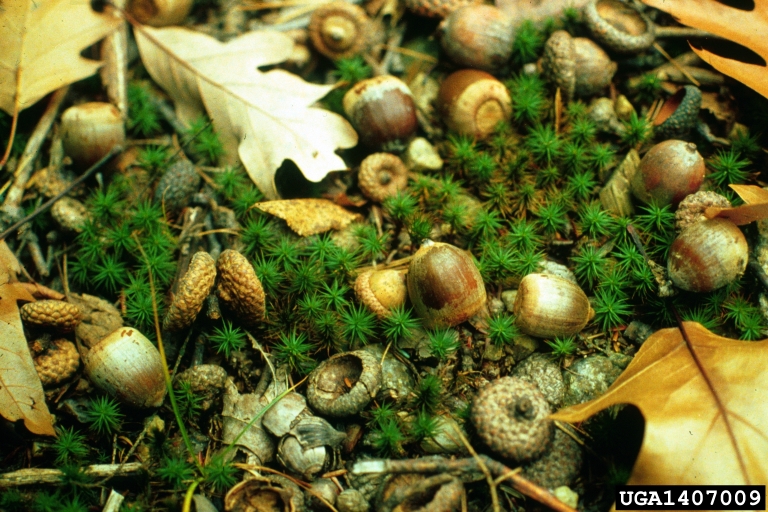
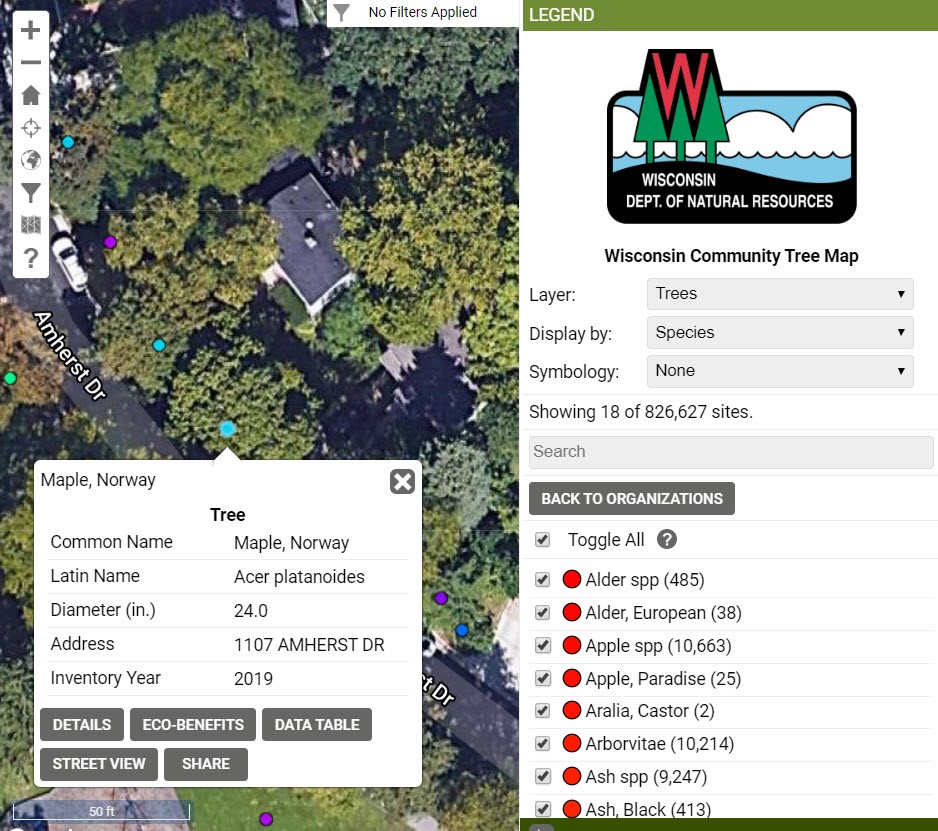 Do you have a tree inventory but have had a hard time keeping it current, or you’re interested in inventorying some trees of your own? The Wisconsin Department of Natural Resources (DNR) is funding several accounts for communities or organizations to edit data within the
Do you have a tree inventory but have had a hard time keeping it current, or you’re interested in inventorying some trees of your own? The Wisconsin Department of Natural Resources (DNR) is funding several accounts for communities or organizations to edit data within the 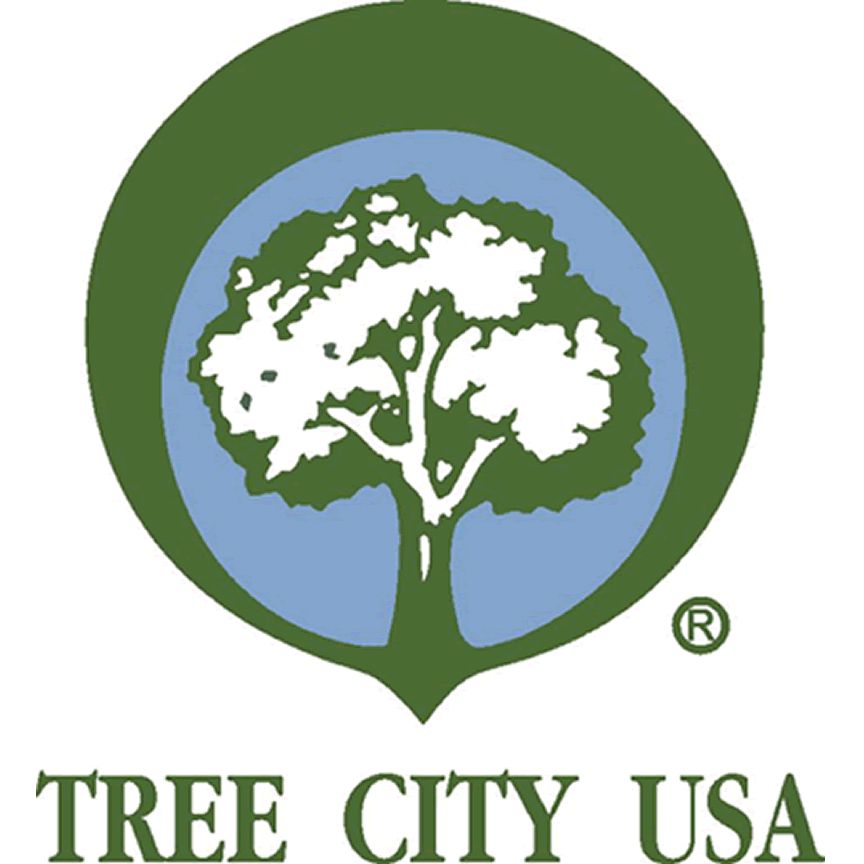 Since 1976,
Since 1976,